In recent months, a sophisticated phone scam targeting Comcast Xfinity customers has swept across the United States, leaving thousands of confused and concerned customers in its wake. The scam, which falsely claims that a customer’s “50% discount” is about to expire, has become so widespread that both Xfinity’s official forums and consumer protection agencies have issued warnings.
This deceptive campaign preys on people’s fear of losing savings, using urgent language and social engineering tactics to extract money and personal information from unsuspecting victims.
The Rising Tide of Comcast Xfinity Impersonation Scams
The telecommunications industry has long been a prime target for scammers, with Comcast Xfinity being no exception. According to multiple reports on Xfinity’s community forums, these fraudulent calls have increased dramatically since early 2025, with victims reporting similar patterns across multiple states including Florida, Washington, California, Texas, and Maryland.
What makes this particular scam concerning is its sophistication. In some cases, scammers appear to have access to basic customer information, such as bill amounts and payment dates, lending credibility to their impersonation of legitimate Xfinity representatives. This has led some customers to question whether Xfinity has experienced a data breach, though the company has not confirmed such an incident.
“These scammers are good at what they do,” noted an official Xfinity employee on the company’s forums, acknowledging the growing problem while directing customers to report these incidents to their Customer Security Assurance team.
How the Comcast Xfinity 50% Discount Scam Works
The scheme follows a calculated pattern designed to create urgency and bypass consumers’ usual skepticism. Here’s how it typically unfolds:
- Initial Contact: Victims receive an unsolicited call or voicemail from someone claiming to represent Comcast Xfinity. The caller ID often shows various area codes from across the country.
- The False Claim: The scammer asserts that the customer’s “50% discount” on their monthly bill is about to expire or be removed—even if the customer doesn’t actually have such a discount.
- Creating Urgency: The message emphasizes immediate action, using phrases like “final warning,” “today is the final day,” or “once this adjustment is processed, it cannot be reinstated.”
- The Hook: Victims are instructed to call back immediately at the number displayed on their caller ID (not Xfinity’s official customer service number).
- The Sting: When customers call back, scammers offer to “save” or “extend” the discount, but with a catch—typically requiring advance payment for multiple months of service, often through unusual payment methods like gift cards.
In more elaborate versions of the scam, fraudsters claim the discount is “sponsored by Target” or another retailer, explaining why payment must be made through gift cards from that store.
Fake Xfinity Call and Text Message Patterns
These fraudulent communications follow recognizable patterns that help identify them as scams:
Voice Messages
The most common script follows this template: “Hello this voicemail is from Comcast Xfinity. Your 50% discount on your monthly bill is being removed from our system today. Once this update is completed, your next bill will reflect full pricing. To stop this adjustment, you must call back immediately at the number displayed on your caller ID. Thank you.”
Live Calls
If victims answer, callers often:
- Claim to be from Xfinity’s “discount department” or “customer retention”
- Know basic account details like approximate bill amounts
- Offer deals that sound too good to be true (e.g., 50% off for two years)
- Request immediate payment for multiple months in advance
Text Messages
Some victims report receiving follow-up text messages that appear to come from Xfinity, confirming payments or alerting about account changes—all designed to make the scam appear legitimate.
Red Flags: How to Spot the Scam
Knowing the warning signs can help consumers avoid falling victim to this increasingly common fraud:
Unusual Payment Requests
- Requests for payment via gift cards (especially Target)
- Demands for wire transfers or payment apps like Venmo, PayPal, or Zelle
- Requirements to pay multiple months in advance
Communication Discrepancies
- Calls from numbers not matching Xfinity’s official contact information
- Callers with accents that seem inconsistent with U.S.-based customer service
- Poor grammar or unusual phrasing in voicemails or texts
- Calls to phone numbers not listed on your Xfinity account
Suspicious Claims
- References to discounts you don’t recognize having
- Claims about “government-sponsored” discounts ending
- Mentions of partnerships with retailers like Target
- Threats of immediate service disconnection
Pressure Tactics
- Creating artificial urgency (“today only,” “final warning”)
- Refusing to let you call back at Xfinity’s official number
- Discouraging you from checking your account online
- Intimidation or rushing you through the conversation
One forum user described their experience: “They asked me to pay the first 6 months at $95.86 upfront, and when I challenged them on why my current offer was canceled in the middle of the contract, they shared that Xfinity has the right to cancel a contract at anytime. They are very convincing.”
Protecting Yourself from Fraudulent Comcast Xfinity Calls or Texts
Taking proactive steps can help shield yourself from these increasingly sophisticated scams:
Verify Independently
- Never call back the number provided in a suspicious message
- Contact Xfinity directly using their official number: 1-800-XFINITY (1-800-934-6489)
- Log into your account through the official Xfinity app or website (xfinity.com) to check for actual discounts or promotions
Enhance Account Security
- Enable two-step verification on your Xfinity account
- Never share verification codes with anyone, even those claiming to be Xfinity representatives
- Regularly monitor your account for unauthorized changes or charges
- Use complex, unique passwords for your Xfinity account
Know Legitimate Communication Channels
- Remember that Xfinity will never request payment through gift cards or wire transfers
- Official communications about discounts typically come through your online account or mailed statement
- Xfinity representatives will never pressure you for immediate payment
- Legitimate representatives won’t object to you verifying their identity
If You’ve Been Contacted
- Don’t engage with the caller or return suspicious calls
- Report the incident to Xfinity’s Customer Security Assurance team at 1-888-565-4329
- Document details including the phone number, time of call, and exact wording used
- File a report with the Federal Trade Commission at reportfraud.ftc.gov
What Xfinity Is Doing to Combat the Scam
Comcast Xfinity has acknowledged these scams on their community forums and website. The company provides resources for customers to report fraudulent activity and offers features to help prevent falling victim:
- Customer Security Assurance (CSA) team dedicated to handling fraud reports
- Verified Caller ID technology that marks legitimate calls with a [V]
- Automatic blocking of suspicious international calls upon request
- Published alerts about known scams at their Cybersecurity Alerts page
- Educational materials about recognizing and avoiding telecommunications fraud
However, some customers have expressed frustration that Xfinity hasn’t done more to proactively alert customers about these scams. As one forum user commented, “Xfinity – you need to get this scam notification blasted via email and in the mobile app. I shouldn’t have to google to see if I am getting scammed.”
Frequently Asked Questions
1. Is any call about a 50% Xfinity discount legitimate?
No. Xfinity does not typically call customers about “50% discounts” expiring, especially not with urgent deadlines requiring immediate callback. Any such call should be treated as suspicious.
2. How did scammers get my information?
While Xfinity has not confirmed any data breach, scammers may obtain basic customer information through various methods, including public records, social engineering, or purchasing data from third parties. Some customers have speculated about internal leaks, but this remains unconfirmed.
3. What should I do if I already responded to the scam?
If you’ve already shared payment information or purchased gift cards, contact your bank or credit card company immediately to report potential fraud. Also report the incident to Xfinity’s Customer Security Assurance team and file a complaint with the FTC. If you purchased Target gift cards specifically, you can call 1-800-544-2943 for assistance.
4. Can I block these scam calls?
Yes. Most modern smartphones allow you to block specific numbers, and many carriers offer scam detection services. Xfinity Voice customers can use features like Call Screening and Anonymous Call Rejection to reduce unwanted calls.
5. Are these scammers being investigated?
Yes. The Federal Trade Commission and telecommunications authorities are aware of these scams. Xfinity’s security team collects reports to identify patterns and work with law enforcement, though capturing international scammers presents challenges.
The Broader Impact of Telecommunications Scams
These Xfinity-related scams are part of a larger trend of telecommunications fraud that costs Americans billions annually. According to the FTC, phone scams remain one of the most common methods for fraudsters to target consumers, with impersonation scams among the most effective.
The sophistication of these operations continues to evolve, with scammers now able to spoof legitimate-looking phone numbers, research basic customer information, and create convincing scripts that prey on common consumer concerns about losing discounts or services.
What makes the Xfinity 50% discount scam particularly effective is its targeting of a specific customer base with a plausible scenario—the expiration of a promotional rate—something many customers have experienced legitimately at some point.
Conclusion
As these scams continue to evolve, consumer awareness remains the strongest defense. By understanding the typical patterns, recognizing red flags, and verifying any communication through official channels, customers can protect themselves from falling victim.
Xfinity customers should remember that legitimate representatives will never pressure them for immediate payment, especially through unusual methods like gift cards. When in doubt, hanging up and calling the official Xfinity number—1-800-XFINITY—is always the safest approach.
The persistence of these scams serves as a reminder that in today’s digital landscape, a healthy skepticism toward unsolicited communications claiming to be from service providers is not just prudent—it’s necessary. By staying informed and cautious, consumers can help reduce the effectiveness of these scams and protect themselves and their communities from financial harm.
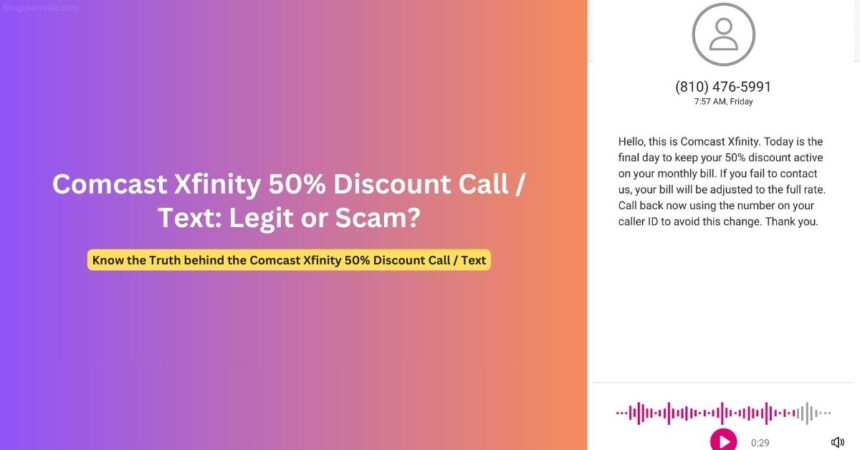
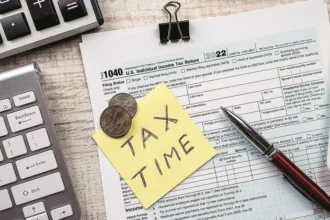
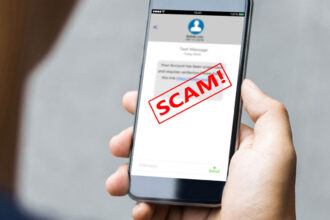
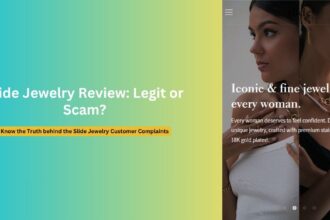

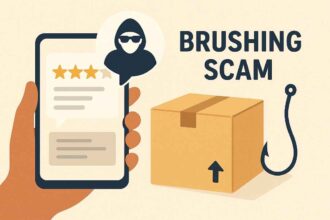



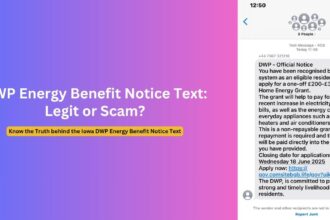
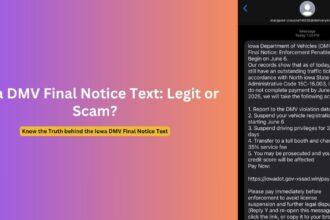
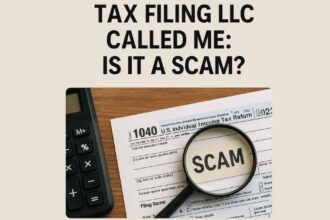
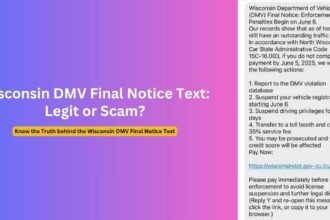
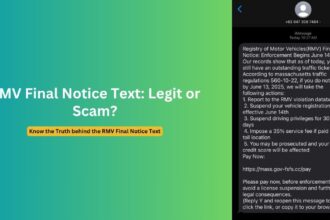
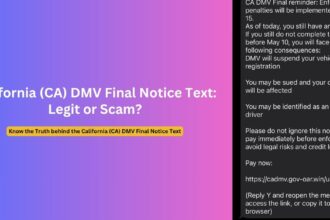
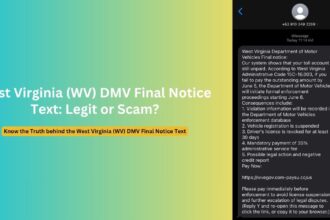
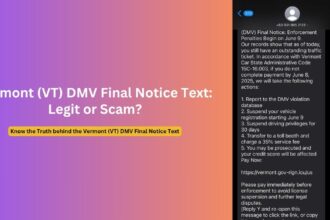
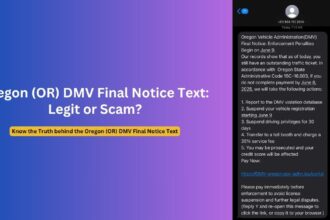
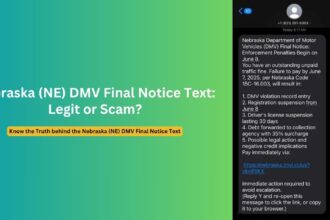
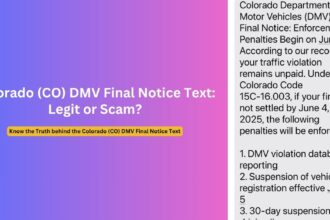
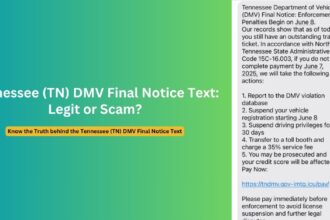
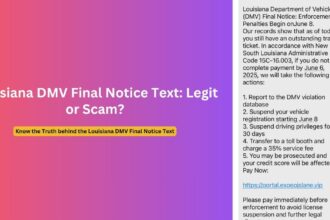
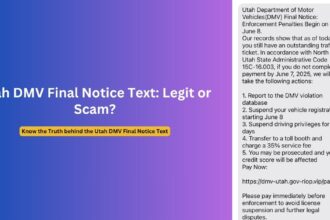
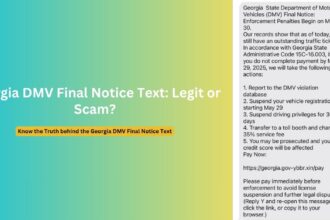
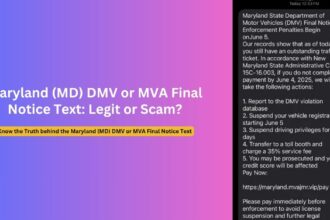
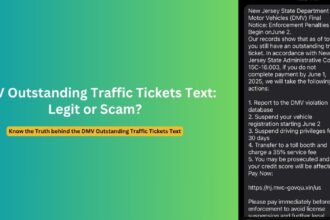
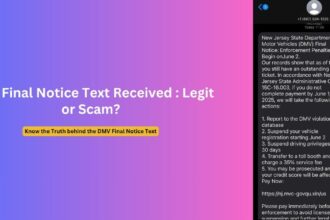
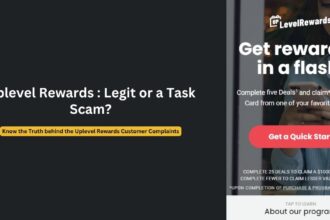
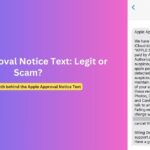

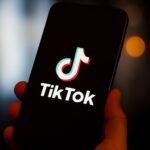





I’ve called Comcast/ Xfinity twice about this scam. I gave them the 1-833 number that the scammers were using. It’s been close to a month and the scammers phone number is still active. Does Xfinity really care about their customers being scammed? I wonder.